
 |
|
|
Fruits
Volume 57 Number 6 Date 05/17/2012 CODLING MOTH - Large flights were registered in pheromone traps from Racine to Polk County. The was set at most monitoring sites in the past two weeks. Controls directed against first generation larvae should be applied from 250-350 degree days (base 50°F) post-biofix, or about 12-24 days after biofix at current temperatures. A larvicide application made 250 degree days post-biofix is recommended for orchards which registered large and consistent flights during the first week in May. Orchards that documented inconsistent or very small numbers of moths this month may benefit from an application at 350 degree days post-biofix, once a greater percentage of the larval population has emerged. Hatch of most first generation codling moth eggs occurs from 350-650 degree days (base 50°F) in Wisconsin. REDBANDED LEAFROLLER - Moth counts are expected to increase as the second flight begins next week. This event is projected for 780 degree days (base 50°F), or May 24 at Brodhead, May 27 at Madison, June 7 at Racine and June 12 at Eau Claire. The average count this week was only 25 moths per trap, which compares to 32 last week and 101 when the flight peaked during the week of April 12-18. PLUM CURCULIO - Beetle activity has intensified across the state. Reports indicate that the beetles are migrating farther into the interiors of orchards since most border trees have no fruits. Under normal circumstances, an insecticide application applied to borer trees in advance of the weevil migration is an acceptable form of control, but this approach may not be effective this year for orchards with few fruits on the perimeter trees. If an orchard cover insecticide is warranted, growers are advised to apply a reduced-risk material as an alternate middle application for as much of the orchard as possible. FLATHEADED APPLETREE BORER - Emergence of this pest was noted in the past week near Rio in Columbia County. Newly transplanted trees, those that have sustained bark damage, trees newly exposed to full sunlight, or trees that are stressed by environment changes (i.e., frost, drought, flooding, soil compaction) are all susceptible to attack. Hail-damaged areas on trees are also preferred egg laying sites. This borer is particularly damaging to trees in the first 2-3 years after transplanting. The primary entry spot is the cut area above the bud that was grafted onto the rootstock. Control of the flatheaded appletree borer consists of insecticide sprays applied when adults first emerge, wrapping trees to prevent oviposition, avoiding injuries to bark which attract females and proper planting site selection. The adult form of this insect is a metallic wood-boring beetle in the family Buprestidae. --Krista Hamilton, DATCP Entomologist 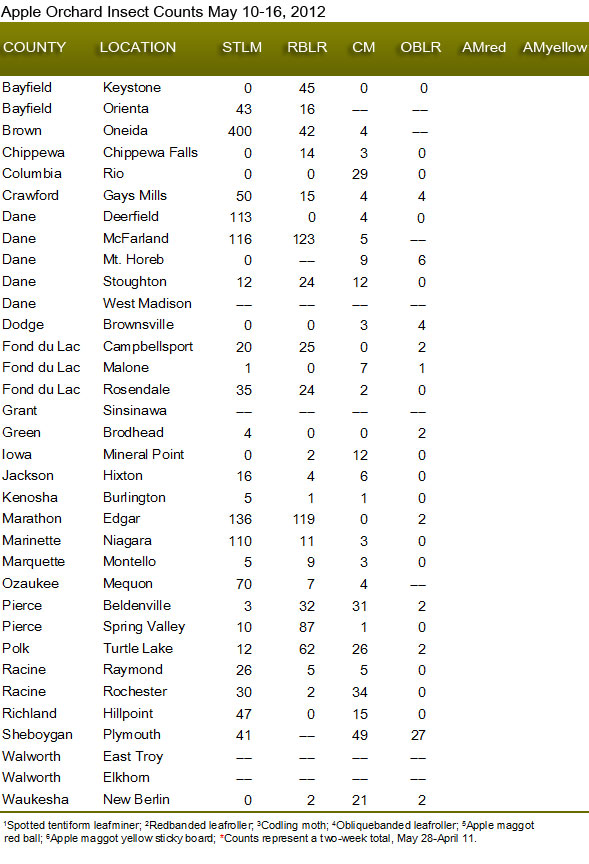
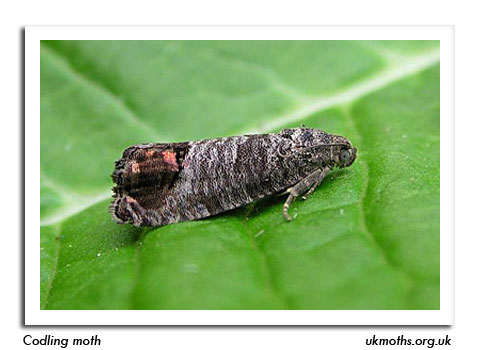
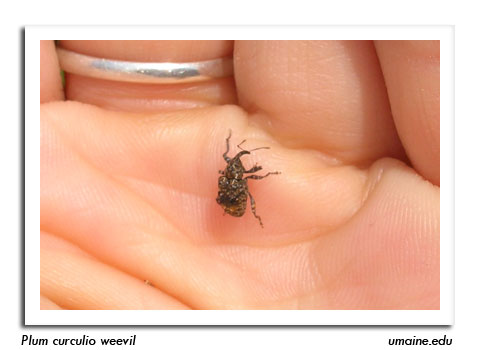
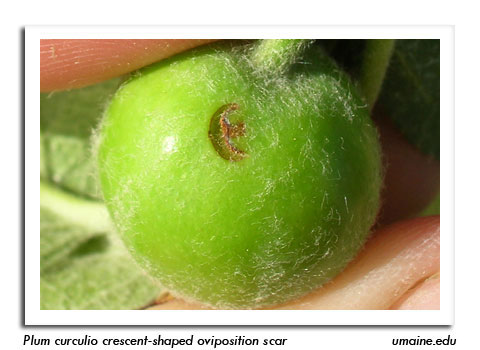
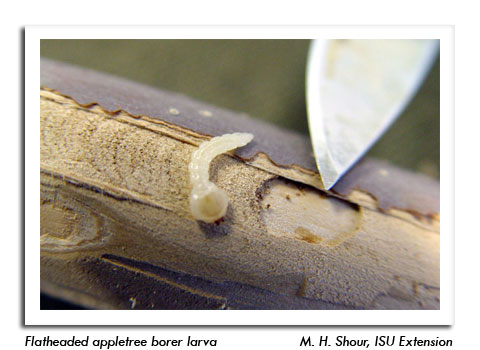
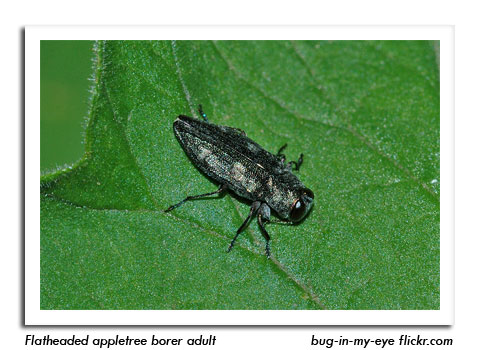
|
|
|